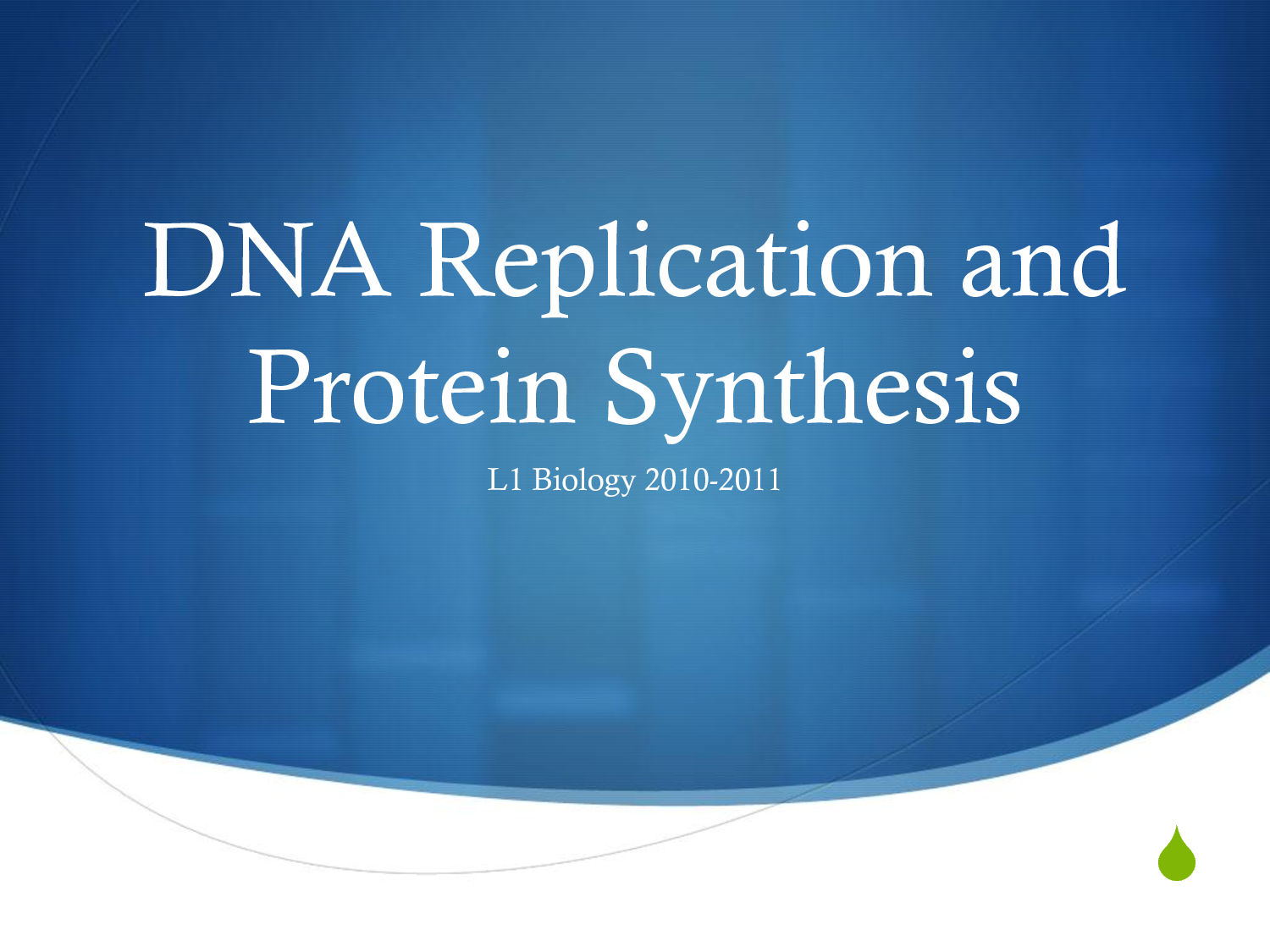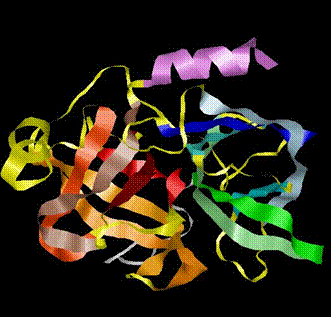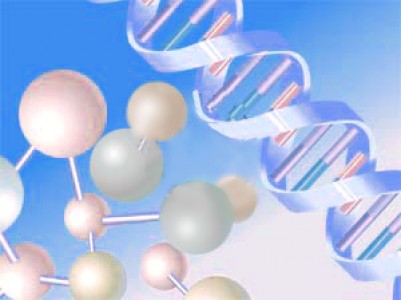Difference between Protein Synthesis and DNA Replication

Proteins and DNA (Deoxyribonucleic acid) provide the fundamental layout for the existence of life on earth. The former determines the shape and functions of living organisms, while the latter keeps the genetic instructions used in the development and functioning of the living organisms.
This automatically means that the replication of DNA and the synthesis of protein are two of the most important processes taking place in the cells of living organisms. While both these processes are essential for all known forms of life, and are taking place in the cells all the time, they are two distinct processes.
Both the synthesis of proteins and DNA replication start from the nucleotide sequence of the nucleic acid strand, and involve three main steps, but they follow different pathways and the end result is also different. The end result of the first process is the formation of protein, while the end result of the latter is the formation of a new DNA strand.
Synthesis of protein involves Ribonucleic acid, but DNA replication involves deoxyribonucleic acid only, and no RNA. The former could be initiated either from DNA or RNA, but the latter always starts from DNA. As a result of the first process, a new protein chain is formed, while the second process results in the formation of two new DNA strands.
The synthesis of protein takes place in the nucleus of the cell as well as in the cytoplasm. DNA replication, on the other hand, takes place in the nucleus only, and sometimes in the mitochondria as well, but this process never takes place in the cytoplasm.
The newly formed DNA strands are identical to the parent DNA, but in the case of protein synthesis, the shape of the newly formed protein molecules is determined by different types of amino acids attached to the tRNA molecules in the chain.
Instructions
-
1
Protein Synthesis
Protein synthesis is a biological process that takes place inside the cells to generate new proteins and balance the loss of cellular proteins through degradation or export. The process of protein synthesis takes place in three main steps, including Transcription, RNA processing, and Translation. This process can initiate from both RNA and DNA strands, but the newly synthesized protein molecules depict only the information stored in the DNA molecule.
Image courtesy: anaspec.com

-
2
DNA Replication
DNA replication is the process of producing two identical Deoxyribonucleic acid strands from one DNA strand. The replication takes place on both DNA strands, and involves a chain of processes.
Image courtesy: peptidai.ucoz.com








